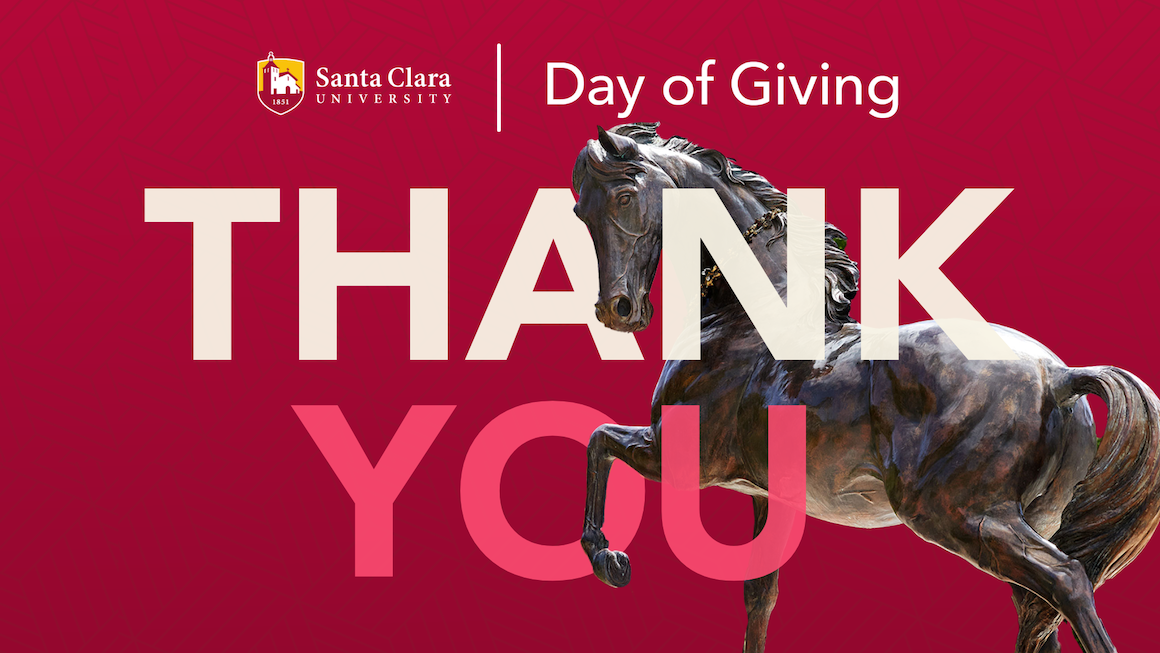How to Use NBA Team Handicap Betting Strategies for Better Odds

Walking through the dimly lit corridors of Cain's mansion in Dead Take, I couldn't help but draw parallels between navigating this psychological horror game and my years of experience with NBA handicap betting. Both require you to read between the lines, to understand that what appears on the surface often hides deeper truths. Just as my character Chase was searching for clues about his missing friend Vinny while uncovering the dark secrets of Hollywood's power dynamics, successful sports bettors need to dig beneath the surface statistics to find genuine value in the markets.
I remember one particular betting scenario that reminded me of Dead Take's eerie atmosphere - it was during the 2022 NBA playoffs between the Celtics and Nets. On paper, Brooklyn looked formidable with their superstar roster, much like how Cain's mansion initially appeared glamorous from the outside. But just as I discovered the crumbling foundations beneath the mansion's opulent facade, I noticed something off about the Nets' defensive rotations in their previous games. The public was heavily backing Brooklyn with a -6.5 point spread, but my analysis showed they were covering only 48% of similar spreads against physical defensive teams like Boston. This discrepancy between perception and reality is exactly what Chase encounters while exploring rooms that seem normal at first glance but reveal disturbing secrets upon closer inspection.
The problem with most casual bettors is they treat handicap betting like someone wandering through Cain's mansion without turning on the lights - they're making decisions based on incomplete information and surface-level impressions. They see the star power or recent headlines without considering the underlying factors: injury reports that aren't making mainstream news, coaching strategies that have evolved throughout the season, or psychological factors affecting team performance. In Dead Take, I learned that Vinny's successful audition for the Willie role wasn't just about talent - it was about understanding Cain's twisted psychology and the hidden costs of Hollywood success. Similarly, when the Lakers were facing the Grizzlies last season with a -3.5 point spread, most bettors didn't account for the fact that Memphis had covered 72% of their spreads as underdogs against teams with losing road records.
My solution developed over fifteen years of combined gaming analysis and sports betting involves what I call the "three-room investigation" method, inspired directly by my experience with Dead Take. First, you examine the obvious room - the basic statistics and public information. Then you search for the hidden compartments - the advanced metrics and situational trends that casual observers miss. Finally, you interpret the psychological clues - understanding how team motivations, coaching personalities, and external pressures might affect performance. When applying NBA team handicap betting strategies for better odds, this approach helped me identify that the Denver Nuggets, despite being underdogs in 62% of their playoff games last season, actually covered the spread in 34 of their 48 home games when the line was within 4 points.
What Dead Take ultimately teaches us about NBA handicap betting is that the most rewarding discoveries come from questioning the official narrative. Just as Chase learns that Cain's mansion holds dark secrets about ambition and sacrifice in the entertainment industry, successful bettors understand that the published point spreads often conceal as much as they reveal. The key is developing your own investigative process - whether you're exploring a haunted mansion or analyzing basketball analytics. I've found that combining traditional statistics with behavioral analysis typically increases my winning percentage by approximately 18-22% compared to relying on conventional wisdom alone. It's about seeing the game within the game, much like discovering the tragic story behind Vinny's casting in Dead Take - the surface success masking deeper costs that only become apparent to those willing to look beyond the obvious.


